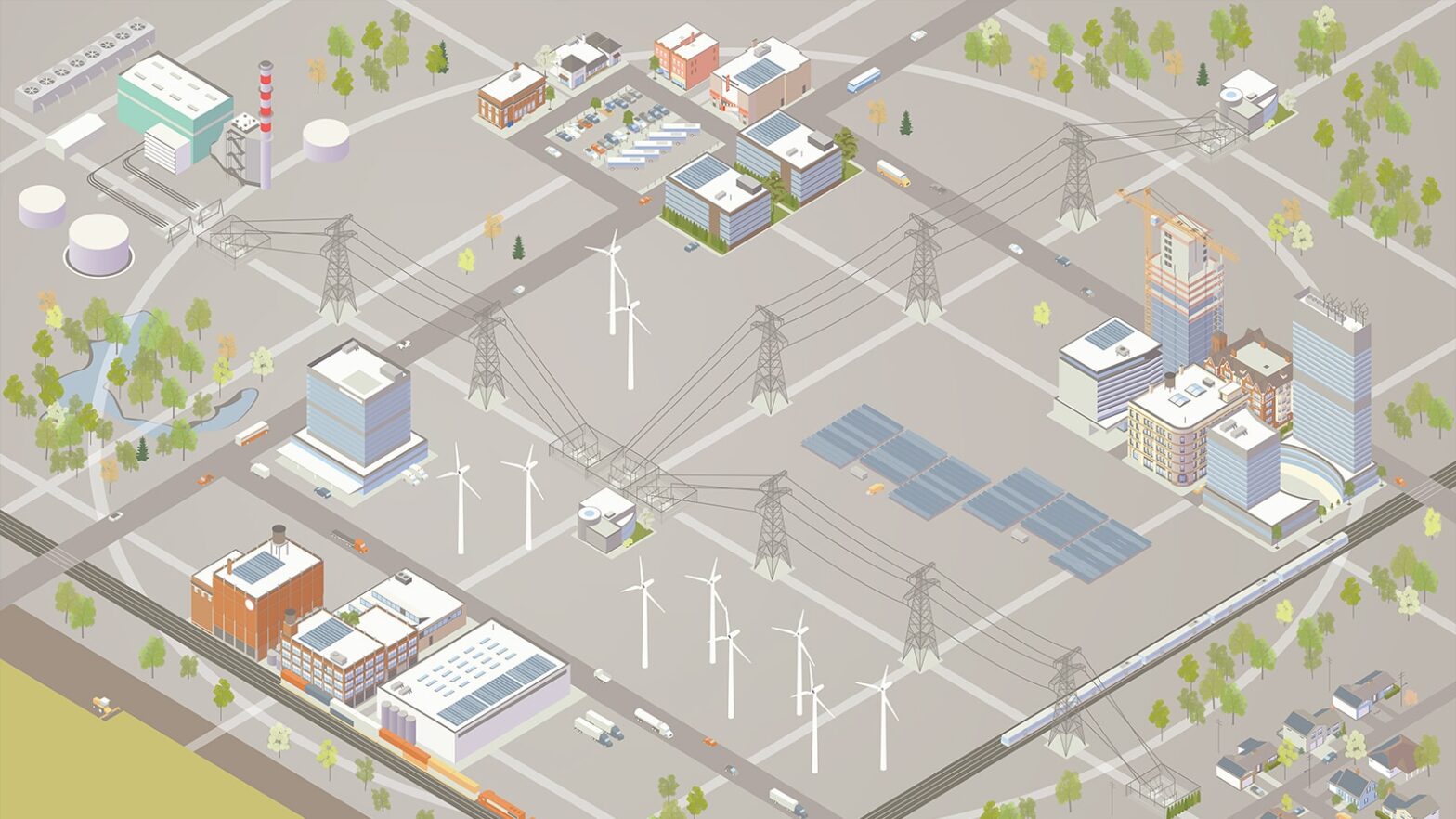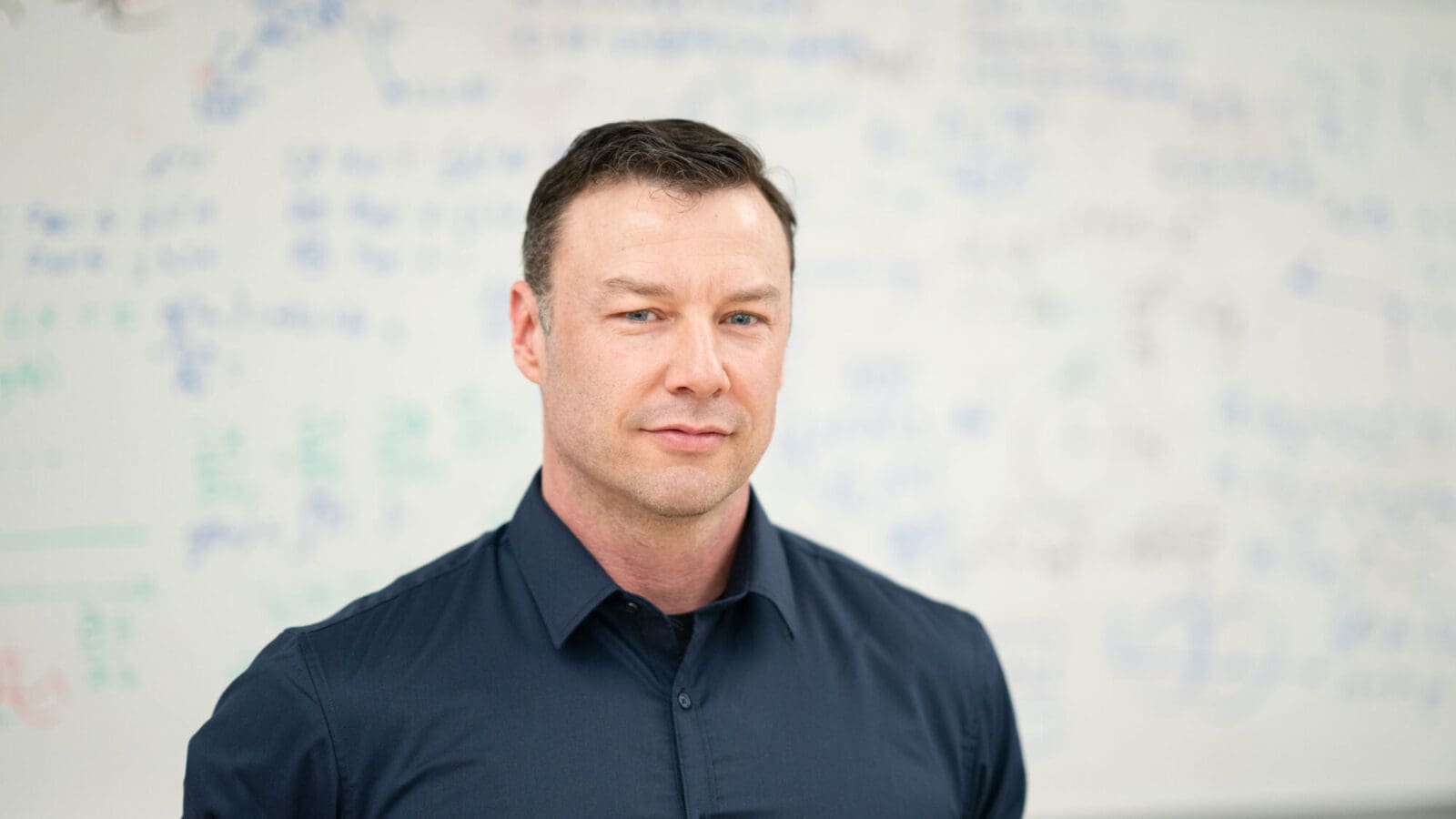
Risk experts quantify reliability of renewables, helping grid operators and spurring investors
By
on
“Everybody wants to move to renewables, but these technologies introduce new complications and uncertainties,” said Ronnie Sircar, chair of Princeton University’s Department of Operations Research and Financial Engineering. Quantifying that uncertainty will not only help grid operators deploy renewables more efficiently, but will allow creation of financial tools, such as insurance products, that minimize risks and spur investments, Sircar said.
Conventional forecasting methods make it difficult for renewable energy suppliers to know exactly how much to charge for their electricity and difficult for grid operators to choose what energy sources to buy. Other markets, such as stocks, oil and housing, have well-established methods to quantify uncertainty. That allows investors to offer insurance that smooths out risks and encourages more investment.
“We are bringing financial thinking, risk quantification into this area,” Sircar said.
Sircar and colleague Professor Rene Carmona were among 11 research groups nationwide selected by the Energy Department to develop methods to manage risk and optimize markets for renewable energy. They are partnering with colleagues at the University of California, Santa Barbara, and the energy analytics firm Scoville Risk Partners. The grant is part of the Energy Department’s Advanced Research Projects Administration-Energy (ARPA-E) program.
“By analyzing the effects of renewable energy sources on grid stability, this project addresses a critical aspect of the increased penetration of renewables into the energy market,” said H. Vincent Poor, interim dean of Princeton’s School of Engineering and Applied Science. “Complementing our programs in the development of renewable technologies, it underscores the breadth of Princeton Engineering’s ability to contribute to a cleaner energy future.”
The researchers are collaborating with the New York ISO, or independent system operator, which runs the electricity grid for New York state. A first step, said Sircar, will be to create and run simulations based on past data and tens of thousands of scenarios to determine the probability of many kinds of normal and rare events, including fluctuations in demand and prices.
Currently grid operators rely on fairly black-and-white forecasts such as “Tomorrow will have six hours of sun” With the new tools, Sircar said, “operators will be able to make assessments such as ‘With 5% probability we are going to have to spend an extra $100,000 to meet the demand in this situation,’ or ‘With 5% probability we will only need one-tenth the natural gas we thought we needed.’”
“This is an enormous job because we are talking about the risk of the entire New York grid,” Sircar said. “Once you have those metrics you can insure them, like insurance on your car or house. That is the overarching goal.”
In addition to helping grid operators, electricity producers and investors make decisions, the analysis could ultimately inform government policy designed to facilitate renewable energy, Sircar said.
The work builds on longstanding strengths of the Department of Operations Research and Financial Engineering, said Sircar. The department focuses on mathematical techniques, such as statistics, probability, optimization and machine learning, to aid data-driven decision-making under uncertainty.
“This funding will allow us to leverage years of research collaboration and experience in risk quantification and mitigation for the development of cleaner and more efficient grid operations,” said Carmona, the Paul M. Wythes ’55 Professor of Engineering and Finance.








